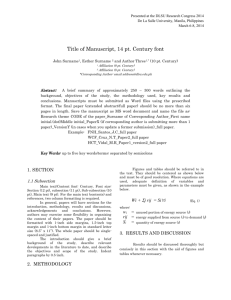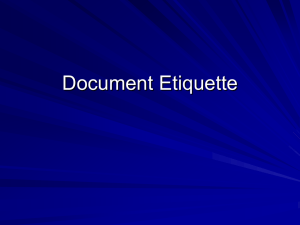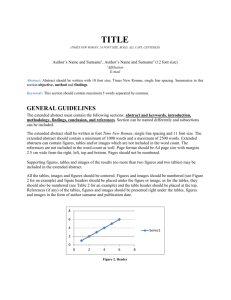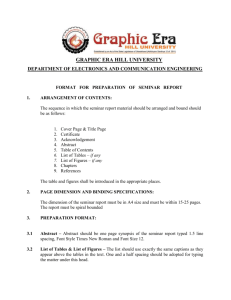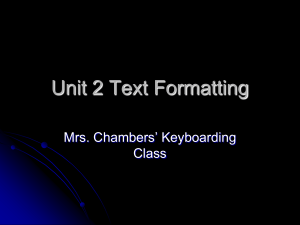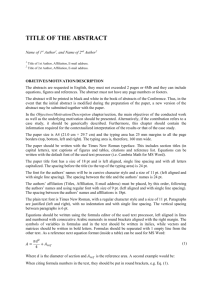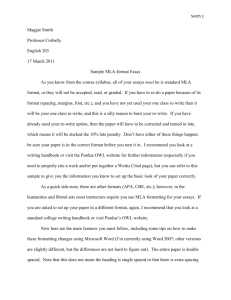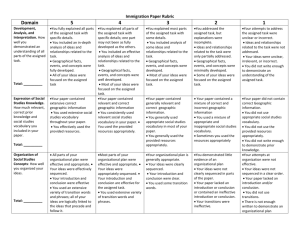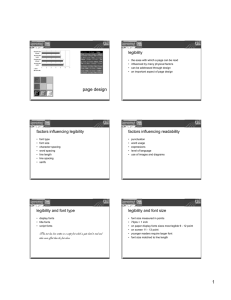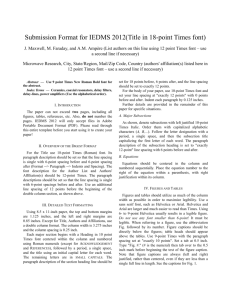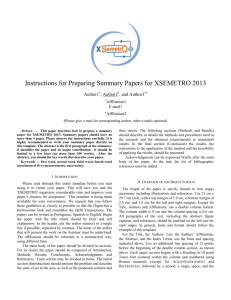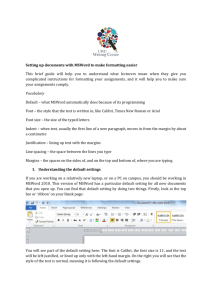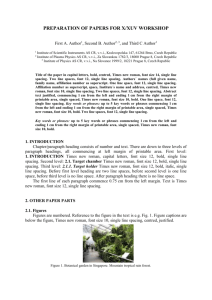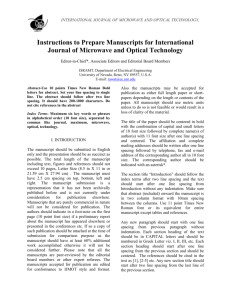Syllabus
advertisement
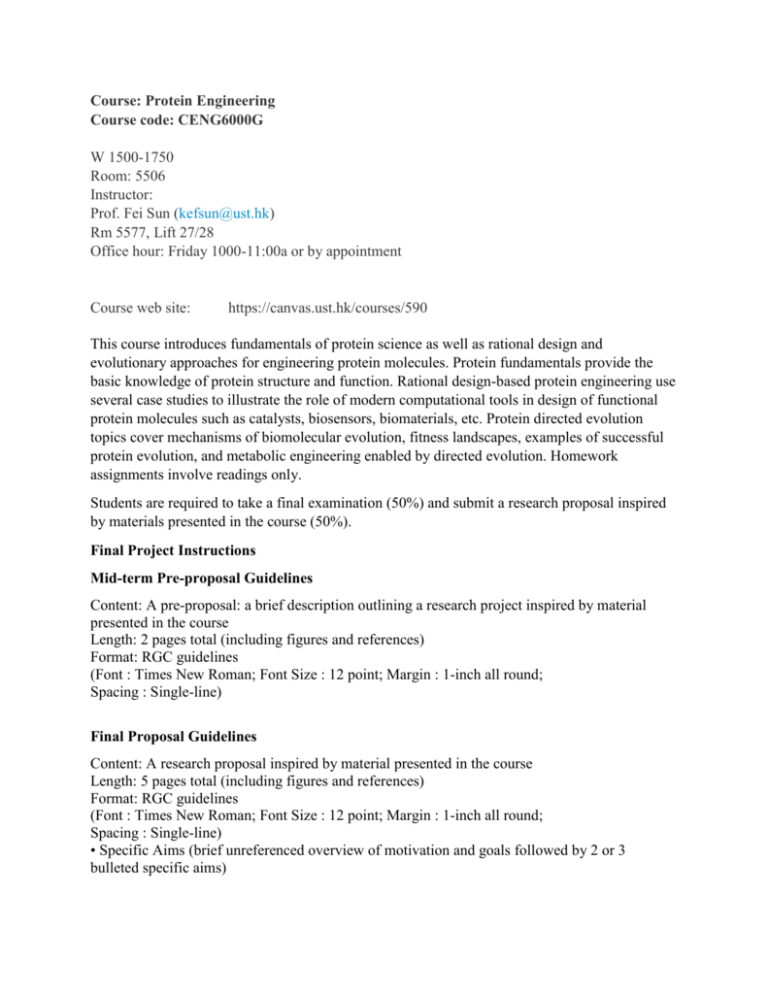
Course: Protein Engineering Course code: CENG6000G W 1500-1750 Room: 5506 Instructor: Prof. Fei Sun (kefsun@ust.hk) Rm 5577, Lift 27/28 Office hour: Friday 1000-11:00a or by appointment Course web site: https://canvas.ust.hk/courses/590 This course introduces fundamentals of protein science as well as rational design and evolutionary approaches for engineering protein molecules. Protein fundamentals provide the basic knowledge of protein structure and function. Rational design-based protein engineering use several case studies to illustrate the role of modern computational tools in design of functional protein molecules such as catalysts, biosensors, biomaterials, etc. Protein directed evolution topics cover mechanisms of biomolecular evolution, fitness landscapes, examples of successful protein evolution, and metabolic engineering enabled by directed evolution. Homework assignments involve readings only. Students are required to take a final examination (50%) and submit a research proposal inspired by materials presented in the course (50%). Final Project Instructions Mid-term Pre-proposal Guidelines Content: A pre-proposal: a brief description outlining a research project inspired by material presented in the course Length: 2 pages total (including figures and references) Format: RGC guidelines (Font : Times New Roman; Font Size : 12 point; Margin : 1-inch all round; Spacing : Single-line) Final Proposal Guidelines Content: A research proposal inspired by material presented in the course Length: 5 pages total (including figures and references) Format: RGC guidelines (Font : Times New Roman; Font Size : 12 point; Margin : 1-inch all round; Spacing : Single-line) • Specific Aims (brief unreferenced overview of motivation and goals followed by 2 or 3 bulleted specific aims) • Significance (explain the importance of the problem, barrier, or concept that the project will address) • Innovation (describe the novelty of the proposed work) • Approach (describe the research plan for each Specific Aim, address potential problems and alternative strategies). • References



